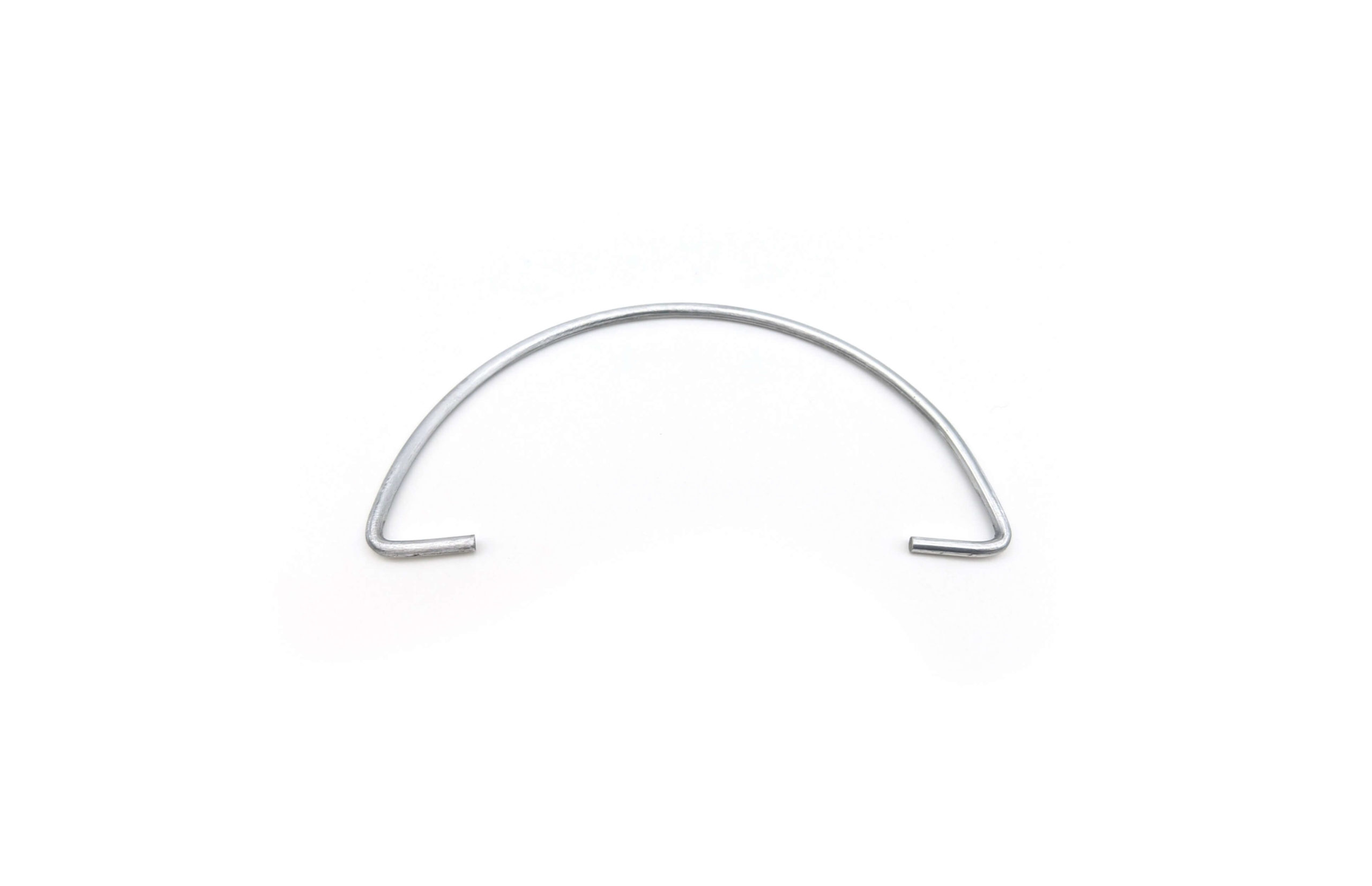Get unique, complex parts easily. No matter your requirements, Chaoyi Spring creates hard-to-produce coil springs and wire forms.
Let us help you create the custom wire form you need, from S-hooks and J-hooks to utility hooks and more.
We work closely with customers across a wide range of industries, helping them design and manufacture made-to-order parts.
Why choose Chaoyi Spring? We prioritize customer-focused collaboration, modern equipment and the latest technology to make your parts per print.
Find the information and guidance you need, from measuring a spring to learning about materials, placing an order and much more.
Wave springs, also known as wave washers, are a unique type of spring that utilizes a series of waves or convolutions to achieve high spring rates and compact designs. Among


Wave springs, also known as wave washers, are a unique type of spring that utilizes a series of waves or convolutions to achieve high spring rates and compact designs. Among wave springs, multi-turn wave springs stand out due to their increased flexibility and ability to handle larger deflections, making them suitable for diverse applications. This article will delve into the intricacies of multi-turn wave springs, exploring their design principles, advantages, and diverse applications across various industries.

Multi-turn wave springs are engineered by stacking multiple wave-shaped elements, each with a specific geometry, to create a spring with a greater number of active coils. This design distinguishes them from single-turn wave springs, which typically consist of a single wave. The increased number of turns in a multi-turn wave spring allows for greater flexibility and a larger deflection range, which are crucial for certain applications where significant displacement is required.
These springs work by converting applied force into elastic deformation of the wave elements. As the load increases, the waves compress, storing energy within the spring. The spring's ability to return to its original shape upon load removal is a key feature. The design of each wave element, including its height, width, and material, determines the spring's stiffness, load capacity, and overall performance.
Multi-turn wave springs offer a unique blend of benefits that have made them a popular choice across various industries. These advantages include:
The unique properties of multi-turn wave springs make them suitable for a wide array of applications across various industries. Here are some notable examples:
Designing multi-turn wave springs requires careful consideration of several factors to ensure optimal performance. Key design considerations include:
Multi-turn wave springs represent a powerful and versatile solution for diverse engineering challenges. Their compact design, high spring rate, and large deflection range make them suitable for various applications, including automotive, aerospace, medical devices, electronics, and consumer goods. By understanding the design considerations and benefits associated with multi-turn wave springs, engineers can leverage their unique capabilities to create innovative and effective solutions for a wide range of industries.
As technology continues to advance, the demand for compact, efficient, and reliable spring solutions is likely to increase. Multi-turn wave springs are well-positioned to meet this demand, offering engineers a powerful tool for innovation and design optimization.
Browse some of the custom wire forms and springs that we manufacture. Don’t see what you need? We specialize in made-to-order products that meet your application requirements.
Visit Our GalleryNeed a custom wire form or coil spring? We make it work. Fill out the contact form and a representative will respond within 1 business day. If you have a PDF or CAD file, you can submit to request a quote.